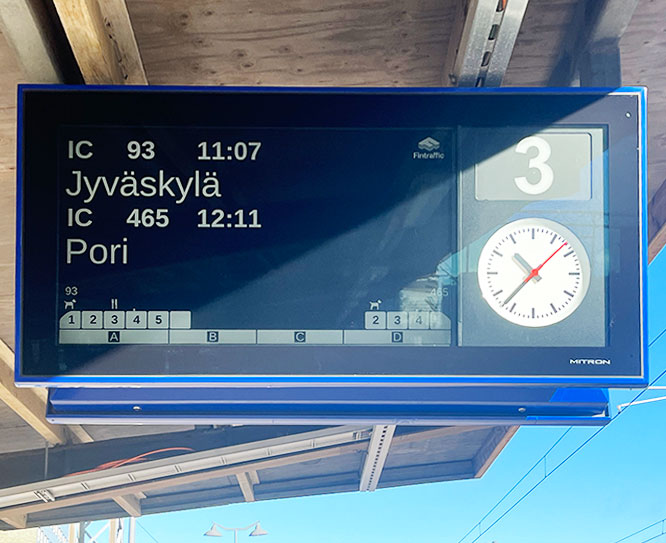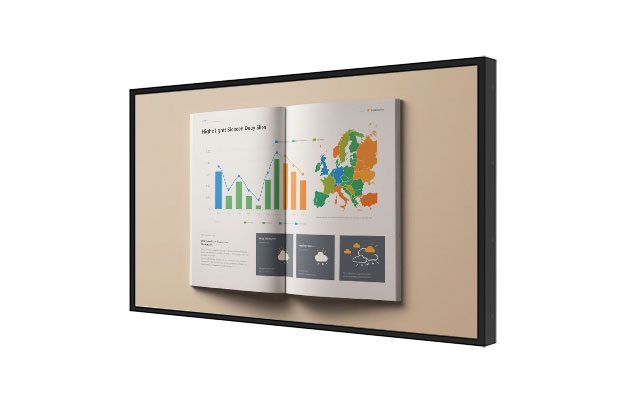Analysis of the key points of Sunlight Readable Display Policy in Eastern European Countries
Analysis of the key points of Display leggibile alla luce del sole Policy in Eastern European Countries (2025 Edition)
Sunlight-readable displays have been increasingly used in public transportation, outdoor advertising, urban informatization and other fields. In order to regulate the market, ensure quality and meet the needs of different application scenarios, policies have been introduced to promote the healthy development of the sunlight-readable display industry and improve the quality of public services.

Sunlight Readable Display Application Case
1. Product access and energy efficiency specifications
Mandatory Certification of Ecological Design
Starting from 2025, the EU’s “Eco-Design Regulations for Sustainable Products” requires that Sunlight Readable Displays must meet the minimum energy efficiency standards (standby power consumption ≤0.3W/㎡), and must be marked with carbon footprint and environmental footprint data.
Poland, Hungary and other countries strictly implement the “optical storage and display integration” certification, requiring the compatibility rate of the display screen and photovoltaic system to reach 100% (energy storage modules must pass EN 50530 testing.
Design Patent Protection
The newly revised EU Design Act includes dynamic digital interfaces (such as naked-eye 3D animation) into the scope of protection, and the scope of infringement recognition is extended to 3D printed models and virtual design files 6.
The Bulgarian government’s bidding clearly requires that the bidding plan must be accompanied by a patent certificate for heat dissipation structure during the validity period of the EPO (European Patent Office) to avoid joint legal risks.
2. Public project procurement orientation
Small and micro enterprises and localization support
Government projects such as the Central and Eastern Europe Expo (budget of 1.1728 million yuan) mandatory requirements for at least 30% of the procurement share to be allocated to small and micro enterprises, and the bidder must provide local assembly certificates for Eastern Europe.
The bonded warehouse model in Romania is tilted by policies. Displays assembled by local warehouses can be exempted from 4% tariffs and priority will be given to municipal renovation orders.
Scenario-based deployment restrictions
Drawing on German experience, the Czech Republic stipulates that the opening period of LED screens in commercial areas is 7:00-23:00, and the brightness of the screen around residential areas must be automatically adjusted to ≤2000nit (violators are fined 2% of revenue).
Lithuania requires that the display screen of scenic spots must be equipped with a “salt spray self-cleaning coating” and pass a 72-hour continuous salt spray spray test (refer to the Malta seashore equipment standards).

Sunlight Readable Display Screen Panel
3. Technical compliance and responsibility traceability
Data privacy and hardware binding
Interactive screens with AI cameras must turn off facial recognition by default, and the data storage server must be set in the EU (the maximum penalty revenue for violations of GDPR is 4%).
Hungary mandates that the display control card is compatible with LG and NEC system interfaces to prevent manufacturers from monopolizing the after-sales market through exclusive agreements.
Extension of maintenance responsibility system
Slovakia implements the “modular accessories universality” assessment, requiring manufacturers to disclose more than 90% of the accessories specifications and parameters, otherwise they are not allowed to participate in public project bidding.







